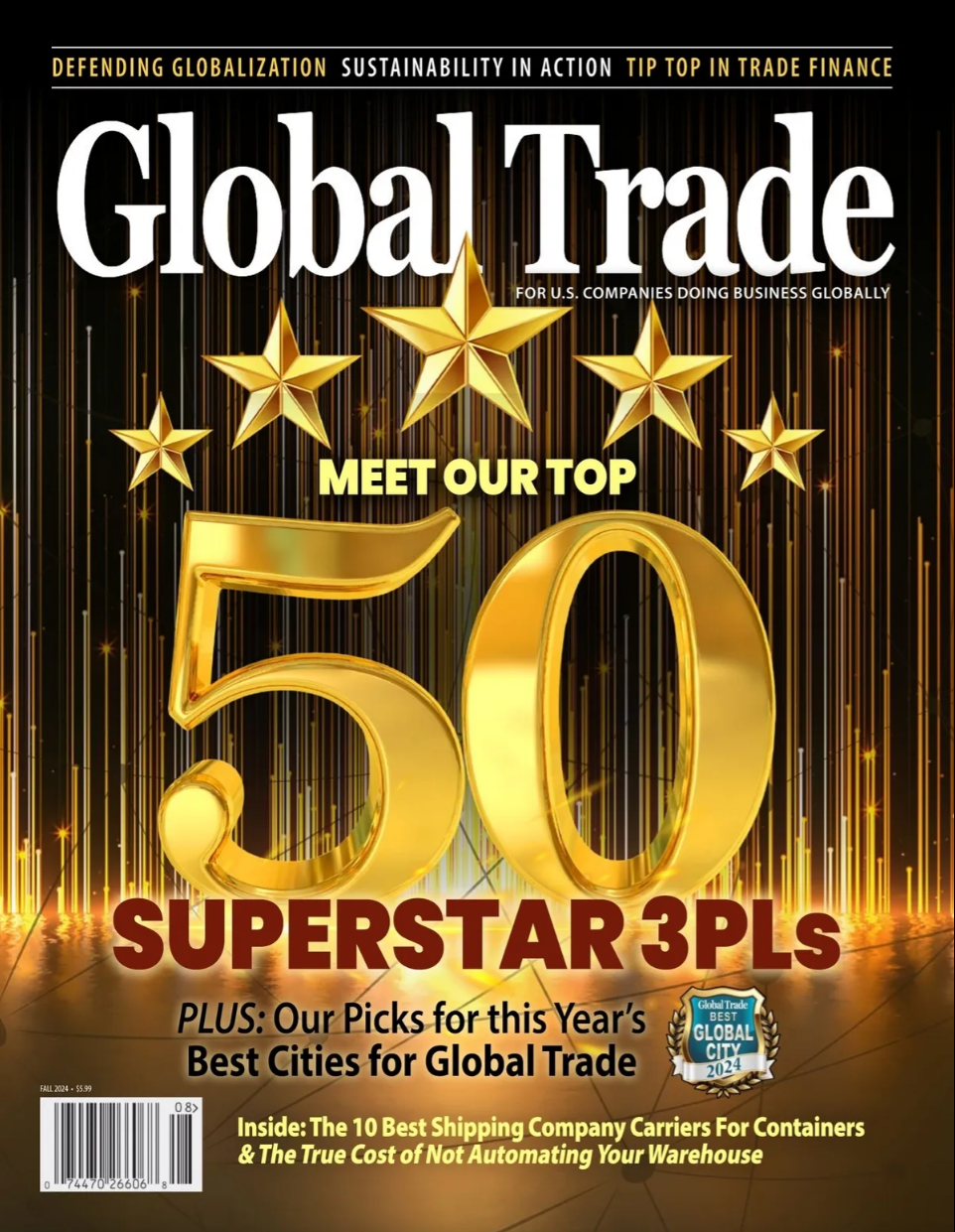US Stock Markets React to January Inflation Data
US stock markets experienced a downward trend on Wednesday as investors processed a higher-than-predicted inflation reading for January. The detailed report is available here. The Dow Jones Industrial Average dropped 0.5%, the benchmark S&P 500 slipped nearly 0.3%, while the Nasdaq Composite hovered just above the flatline.
Read also: US Stock Futures Decline Amid Concerns Over China’s AI Advancements
The Consumer Price Index (CPI) revealed a more than expected rise in headline consumer inflation for January. Notably, core prices, which exclude volatile food and gas costs, rose by 0.4% from the previous month and 3.3% compared to the previous year, both exceeding December’s figures. This surprise inflation print spurred investors to adjust their expectations for Federal Reserve interest rate cuts in 2025. Now, traders anticipate just one interest-rate cut, down from two.
Furthermore, the 10-year Treasury yield increased by 10 basis points to approximately 4.64%, marking its highest level in over two weeks following the new inflation data. Meanwhile, a wave of corporate earnings reports painted a mixed picture of Corporate America’s resilience. Kraft Heinz saw its shares drop after its 2025 profit outlook missed expectations. Conversely, CVS Health’s stock was buoyed by a smaller-than-anticipated decrease in quarterly profit.
Looking ahead, investors are keenly awaiting Reddit’s earnings report, set against high expectations from Wall Street, alongside Robinhood’s report after the stock recently hit a three-year high. According to data available from the IndexBox platform, these reports and macroeconomic insights are essential for understanding market trends.





Leave a Reply